Steanships from Sortavala land in Monastyrskaja bay. On the left tourists can see the central farmland of the monastery with white cell buildings and the Cathedral of Savoir and Transfiguration.
A beautiful stone chapel (1896, restoration in 1985) is situated near the pier. It was blessed in honor of the icon of Our Lady. It is made of bricks and stands on a high socle of gray granite.
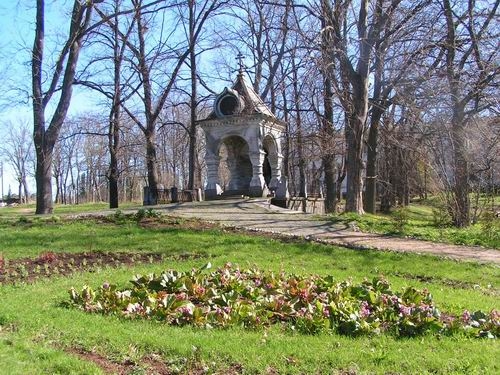 |
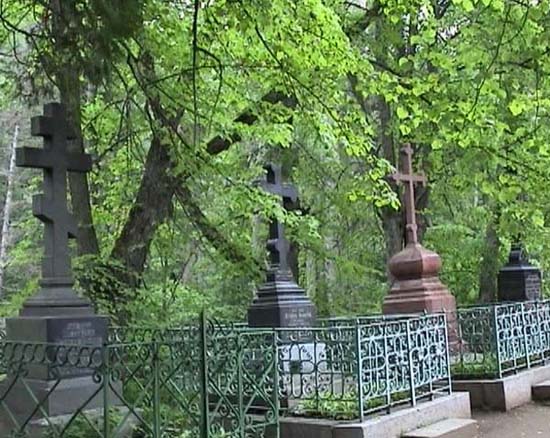 |
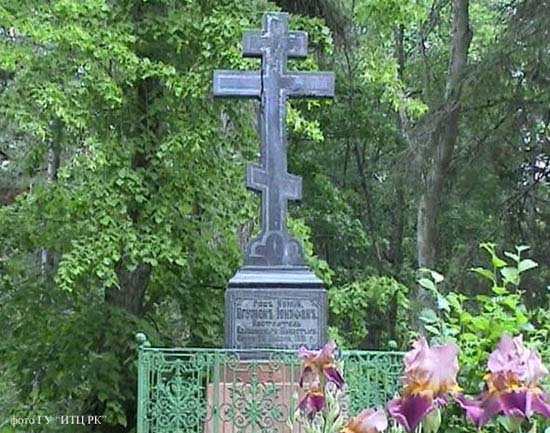 |
Across there is a white Chapel of Annunciation (XIX century, restoration in 1988)— one of the oldest buildings on the island. Nearby there is a building of stable of XVIII century.
A huge green massif surrounded with a fence is located close to the stable. These are gardens and vegetable garden of the monastery. In summer the buildings of the monastery seem to be swimming in the green leaves of the gardens. An alley of larch leads from the pier to the central farmland of the monastery. There is a stele of black stone with the names of Emperors, who visited the monastery, nearby.
Across there is the Chapel of the Sign of Our Lady (1836), which commemorates Alexander II visit to the monastery.
The central farmland of the monastery is situated on a high hill and looks like a single ensemble. In the center of the farmland there is the Cathedral of Savoir and Transfiguration, which can be seen from different parts of the island. It is surrounded with cell buildings and gardens. There are roads and alleys leading from the cathedral to the sketes and chapels of Valaam. The bridges connect different parts of the island.
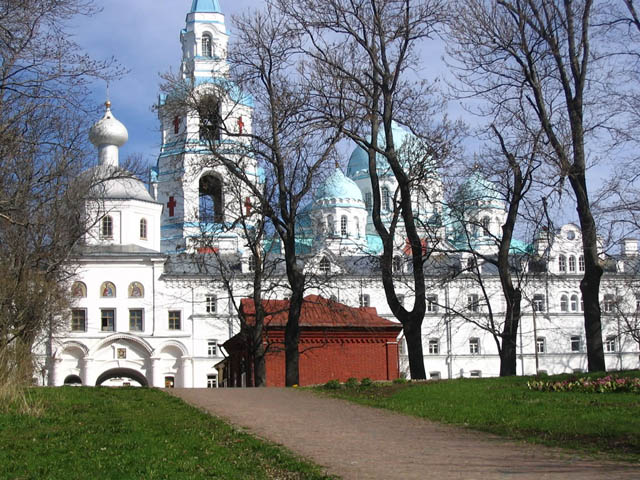 |
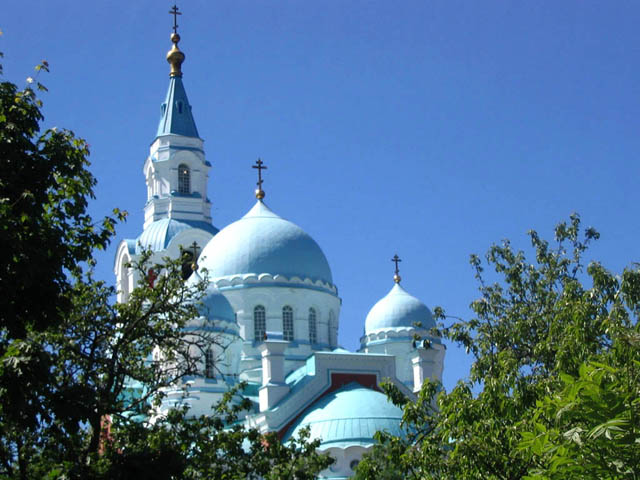 |
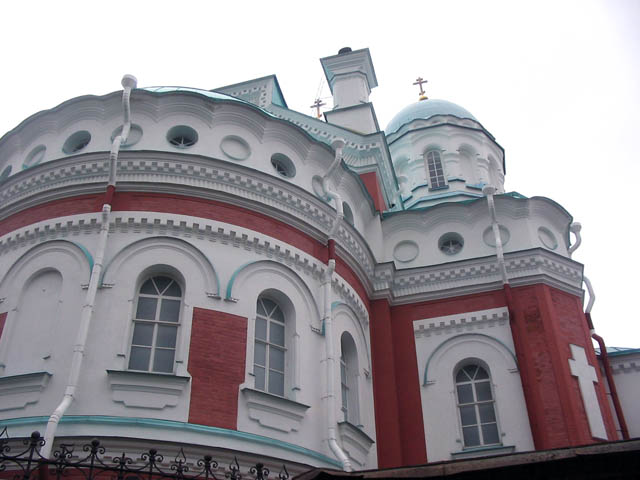 |
Five-domed Cathedral of Savoir and Transfiguration can be seen by tourists, who come to Valaam from Ladoga lake. After the revival of the monastery in the beginning of XVIII century a wooden church of Savoir and Transfiguration was build at this place. Later it was replaced by a two-storied stone cathedral. However, it decayed by the end of XIX century and in 1896 was replaced with a modern cathedral. It stands at the very place where the relics of Saint Sergey and German are buried.
It is daylight inside of the cathedral because of its special lay-out. It seems that the dome is in the clouds. The walls and the columns of the cathedral are painted by the community. Once there were 13 bells on the belfry of the cathedral, but only the largest bell still remains.
The cathedral of Savoir and Transfiguration is surrounded with two rows of cell buildings. The first row consists of two-storied buildings and churches of Nikolskaja and Assumption. The second row includes Holy gates, the church of St. Peter and Paul (1809) and the church of Trinity (1837).
From the Monastyrskie gates a road goes to the pier and leads to a small chapel of the Protection (XIX century), which stands at a rocky shore.
Old monastery cemetery adjoins the central farmland of the monastery. It was used for burials since XVIII till XIX centuries. The are round towers on the corners of the cemetery.
The road to the Abbots’ cemetery is very picturesque. Earlier Father Nazary lived near this place in solitude, so a memorial cross stands here.
From the gates the road goes up. There is the church of St. Fathers on the hill. Nowadays the interior of the church need repairing, but from an outside it looks like a new one. The Father Superior Damaskin, who did a lot for restoration of the monastery is buried on the Abbots’ cemetery.
